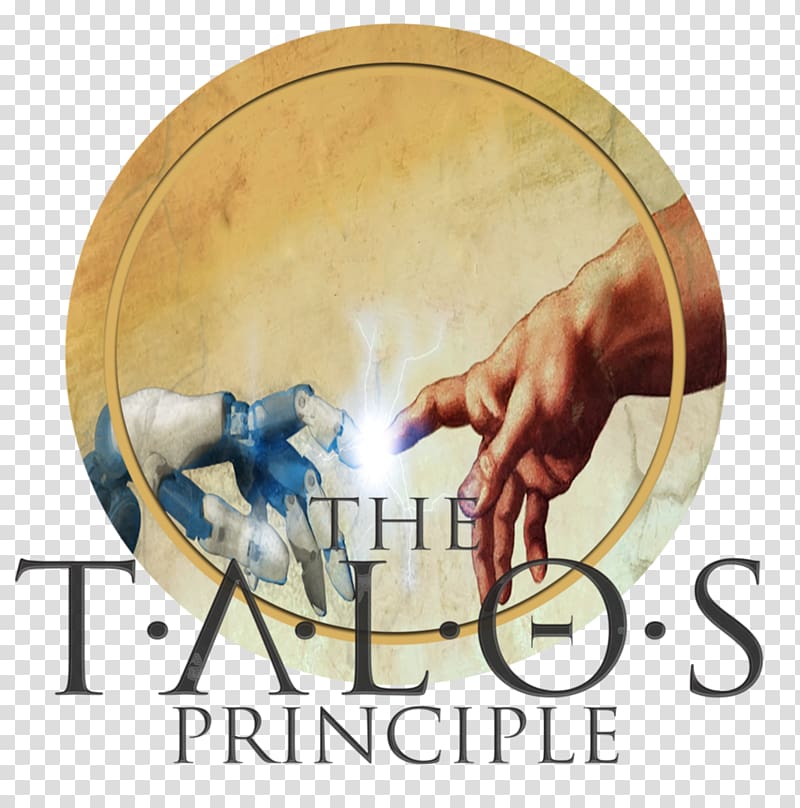

She was about to die from a disease and she spent her final days ensuring that some piece of humanity would live on, because she believed that she had a transcendent purpose in life, even though she wasn't distinctly religious. The woman who you listen to in the recordings has left a piece of her soul in the simulation. In that respect, the Milton Library Assistant is the serpent in the Garden of Eden (the game doesn't try very hard to cloak that analogy).įaith in the game is defined as believing that there is more to existence than what you can see and feel in front of you. You might say that the former is the essence of Godliness, and the latter is the essence of Satanism. It's not just a story about transhumanism but it's a story that explores the idea of having a transcendent purpose in life versus having a nihilistic outlook on life. The only flaw that I really don't like in it is that they padded the end game with too many puzzles. This is my favorite game of the past 15 years. I found it via your Gothic vidoes on your youtube channel. Some of the puzzles can likewise be pretty frustrating when the game necessarily defies real world logic in order to make the puzzle actually a puzzle, by preventing you from doing something that would be totally plausible in real life, like not letting you crouch at all, or not letting you grab things that seem well within arm's reach, or not letting you jump on certain surfaces. I struggled on a good four or five puzzles because I didn't even realize certain things were even possible, and then those obscure, new-found revelations almost never came up again. The systems and mechanics are all explicitly clear from the moment each one is introduced, and yet a few of the puzzles randomly expect you to do things that have never been established before. But while the puzzle design is generally laudable, some of them are just a little too obtuse for their own good. The puzzles range from being so easy they practically solve themselves to head-scratchingly nigh-impossible, though most of them strike a good balance between challenge and accessibility. Like I mentioned earlier, this allows for a lot of satisfying progression as you work your way through the puzzle sequence and through the actual room you're constantly engaged in doing something, and everything you do moves you one step closer to your objectives - you're not just staring at the problem passively working through things in your head until the solution comes to you. It's a bit like solving puzzles to get the puzzle pieces you need to solve the actual puzzle. A typical puzzle room is actually comprised of multiple smaller puzzles: first, it's a matter of unlocking all of the tools you need (which could be anywhere from two to five puzzles you have to do in a certain order), and then you have to assemble all of those tools (again, in the right order) to complete the room.

Each system on its own is fairly simple, but a typical room combines multiple puzzle elements in a way that requires a lot of outside thinking and active trial-and-error to solve. The puzzle systems are all tremendously impressive these are clearly well-thought-out puzzles, and the way the different systems interact is particularly clever.


 0 kommentar(er)
0 kommentar(er)
